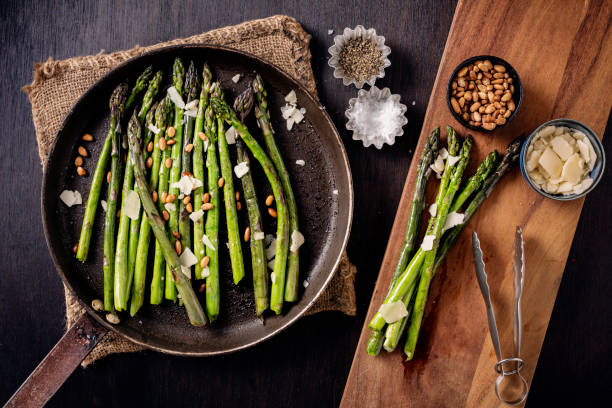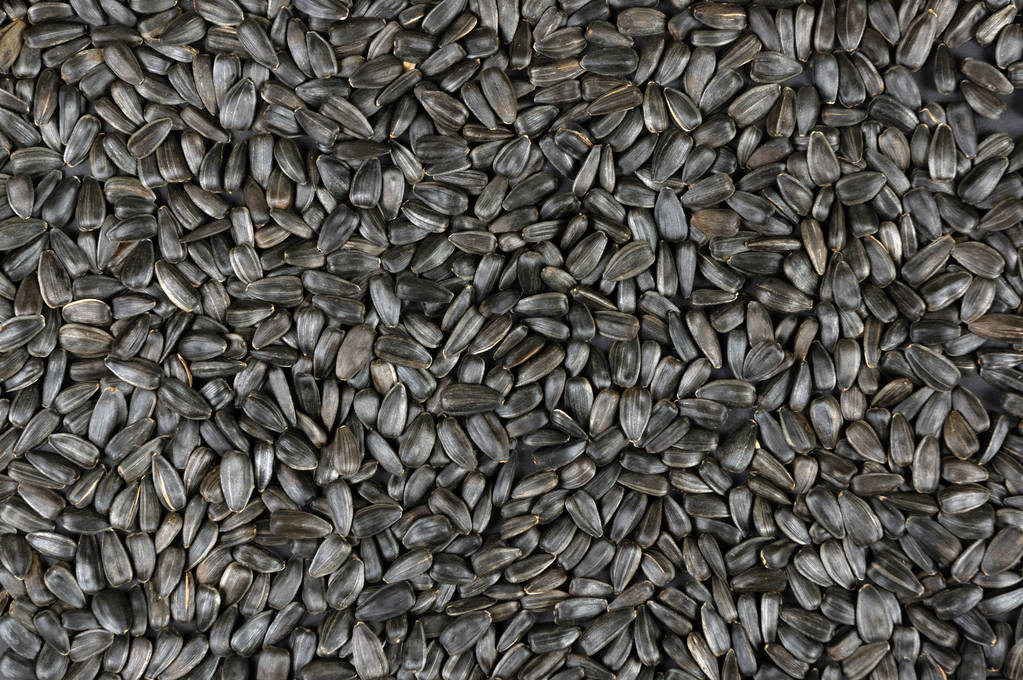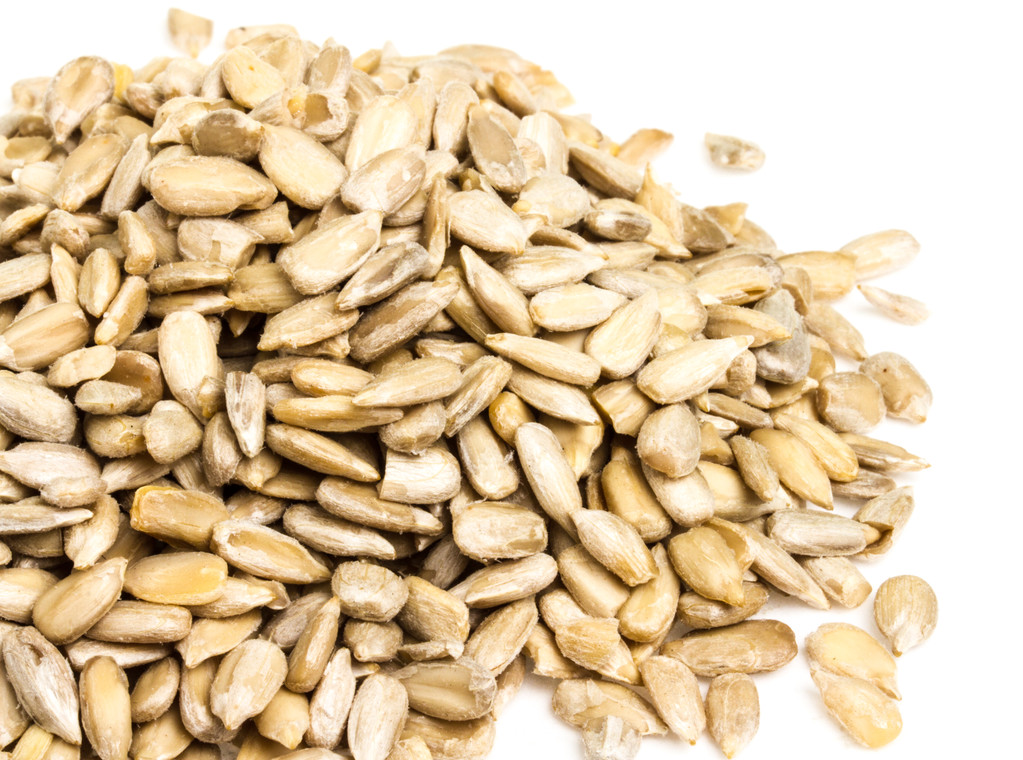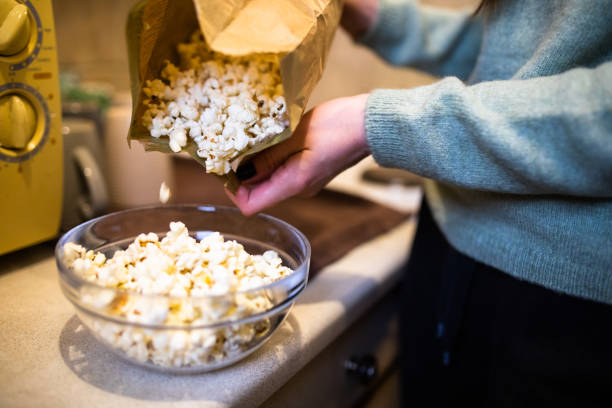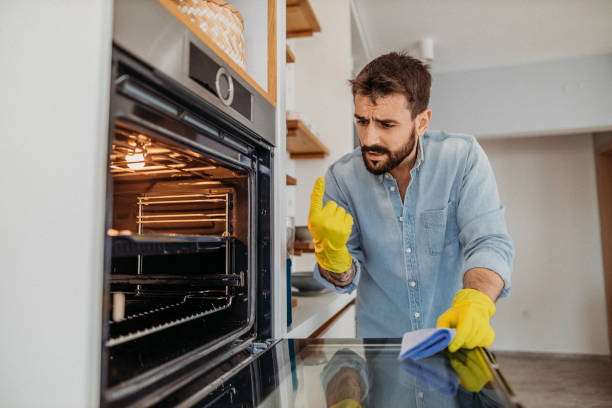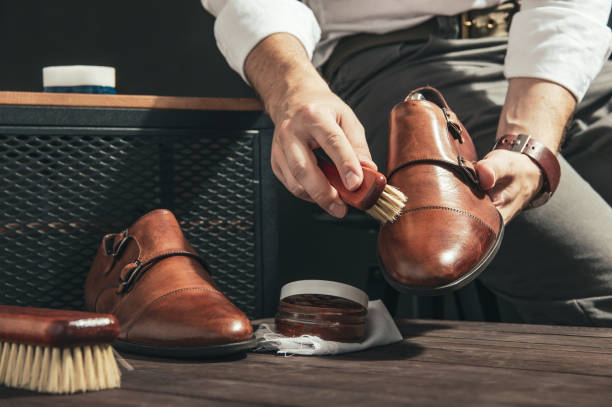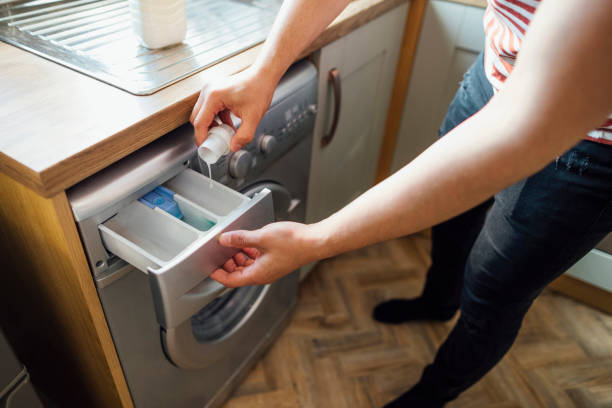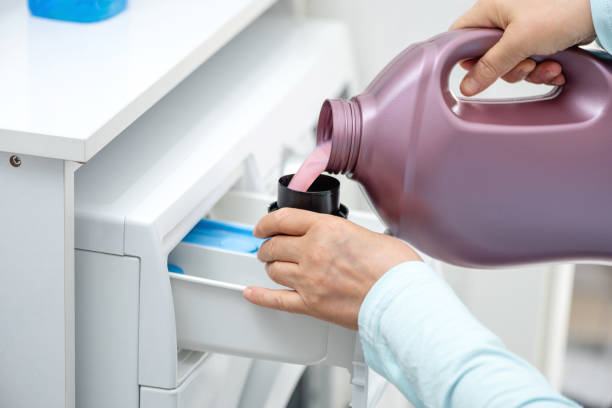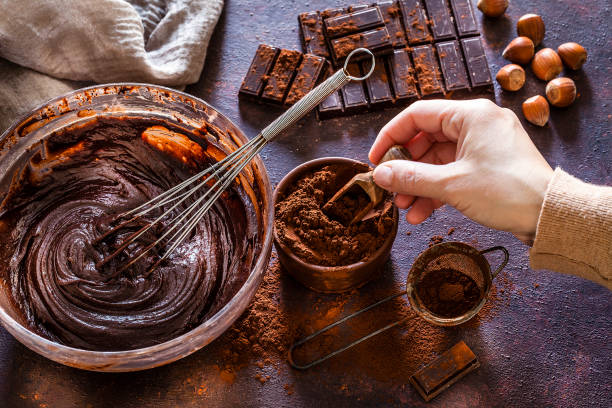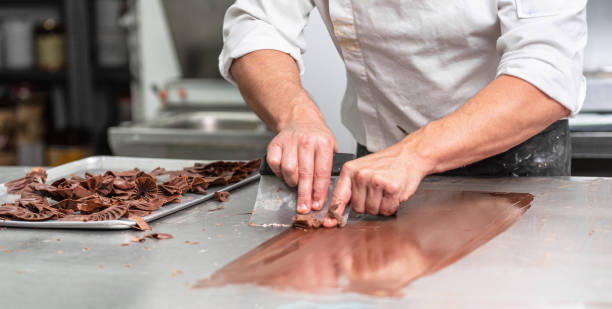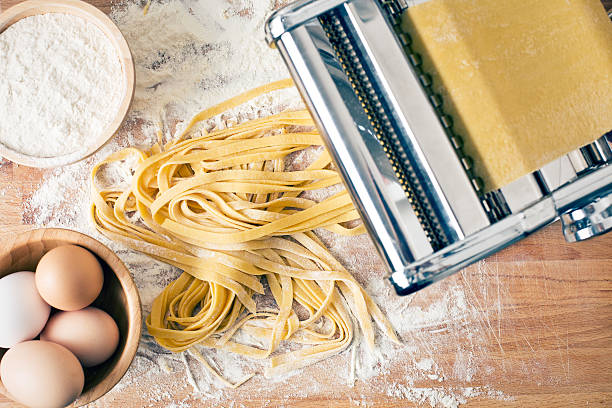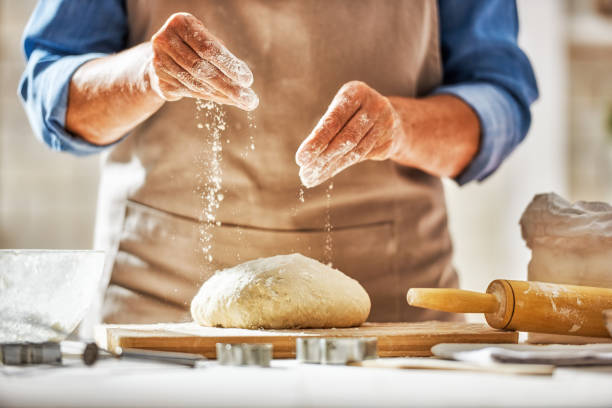A base bath helps you to detoxify and release excess acids through your skin. So why not take an alkaline bath more often? Unfortunately, finished alkaline baths are much more expensive than the conventional bath additives on the market. But you don’t have to do without the health-promoting effect of such a bath.
Because there is an inexpensive alternative way to enjoy an alkaline bath. You can make your own bath from sea salt and baking soda at home with our instructions for making a base bath yourself. A great beauty idea for all health-conscious and frugal people.
The soothing alkaline bath

The alkaline bath is a blessing for everyone and promotes our health, as it gently influences the acid-base balance of the human body. On the one hand, it can strengthen your skin’s protective acid mantle and, thanks to the anti-inflammatory effect of the sea salt, soothe inflamed or reddened areas of the skin. On the other hand, baking soda as a natural household remedy as a bath additive leads to a high pH value in the bathwater.
In addition, after about half an hour of bathing, the elimination process of your skin is stimulated and your body easily deacidifies excess and harmful acids while you are bathing. The baking soda also stimulates the skin’s sebum production. After the bath, your body gets rid of harmful acids and your skin feels nice and soft thanks to the alkaline skincare. If you are prone to dry skin, we recommend the alkaline bath as it is something you can do with dry skin. Such a bath is also good as a home remedy for cellulite. Have fun with our instructions on how to make your own alkaline bath!
How does an alkaline bath work?
An alkaline bath works through the so-called bathing osmosis. Bathing osmosis means the following: Osmosis is the law of balance. If two sides have different stats and there is a permeable wall in the middle, then the sides will exchange through the wall until the stats on both sides are balanced. In this case, the pH value inside your body is different than the pH value in the bathwater.
The wall between is your skin, which is permeable. Excess acids from your body are released into the bathwater through your skin since the pH value of bath water with baking soda is in the alkaline range of eight to nine. On the aguaris.com page, you will find a pH value table and explanations why the more minerals the water has, the higher the pH value, and why minerals are good and important for the human body. Then you can start with the instructions for making the alkaline bath yourself! The use of Schuessler salts can also help you to detoxify your body.
Alkaline bath diet
You can take an alkaline bath at home in your bathtub. Alternatively, you can also take an alkaline foot bath in a bowl, as the acids are also excreted through the soles of the feet. It is recommended to rub the skin with a massage glove or a massage brush every 15 minutes in order to stimulate the metabolism and thus promote bathing osmosis.
In addition, the connective tissue is better supplied with blood and stimulated. Accordingly, an alkaline bath is well suited to accompany weight loss. The baths, stimulate the metabolism, promote weight loss, and strengthen weak connective tissue. Losing weight is always about getting your metabolism going and feeling better and lighter. And that works very well with alkaline baths.
Application areas
The areas of application of the soothing bath are diverse. Such a bath is well suited both for regular body relaxation with bath additives in everyday life and for switching off after work. In addition, the alkaline bath is an excellent skincare product that makes your skin silky soft and stabilizes its protective acid mantle. Likewise, an alkaline bath is a true beauty bath.

It invigorates the skin by neutralizing the acids on the skin. It also stimulates your skin’s sebum production. Your skin is well supplied with blood and gets a rosy complexion. As a foot bath, the alkaline bath is easy to prepare, and used regularly will balance your acid-base balance. In addition, alkaline bathing of the feet is not only a remedy for foot odor but also a home remedy for athlete’s foot. The full baths generally help with unpleasant body odor, for which acidification of the body is often responsible.
Beware of the following ailments
If you have a heart condition, diabetes, or high blood pressure, talk to your doctor before you swim. To prevent circulatory problems, slowly increase your bathing time and start with half an hour once a week. Once you’re used to the baths, you can extend the bath time to several hours and take two to three baths a week. Foot baths are possible daily as a cure.
Conventional bath additives or washing substances should not be used, as they can penetrate the wide-open pores of the skin with all their chemical additives and cause damage there. In addition, only deodorant without aluminum should be used after the bath for the same reason. The alkaline bath is not dried off but dries on the skin in order to achieve its full effect. In order to be able to enjoy deep relaxation at home after a bath, stress after a bath is taboo.






